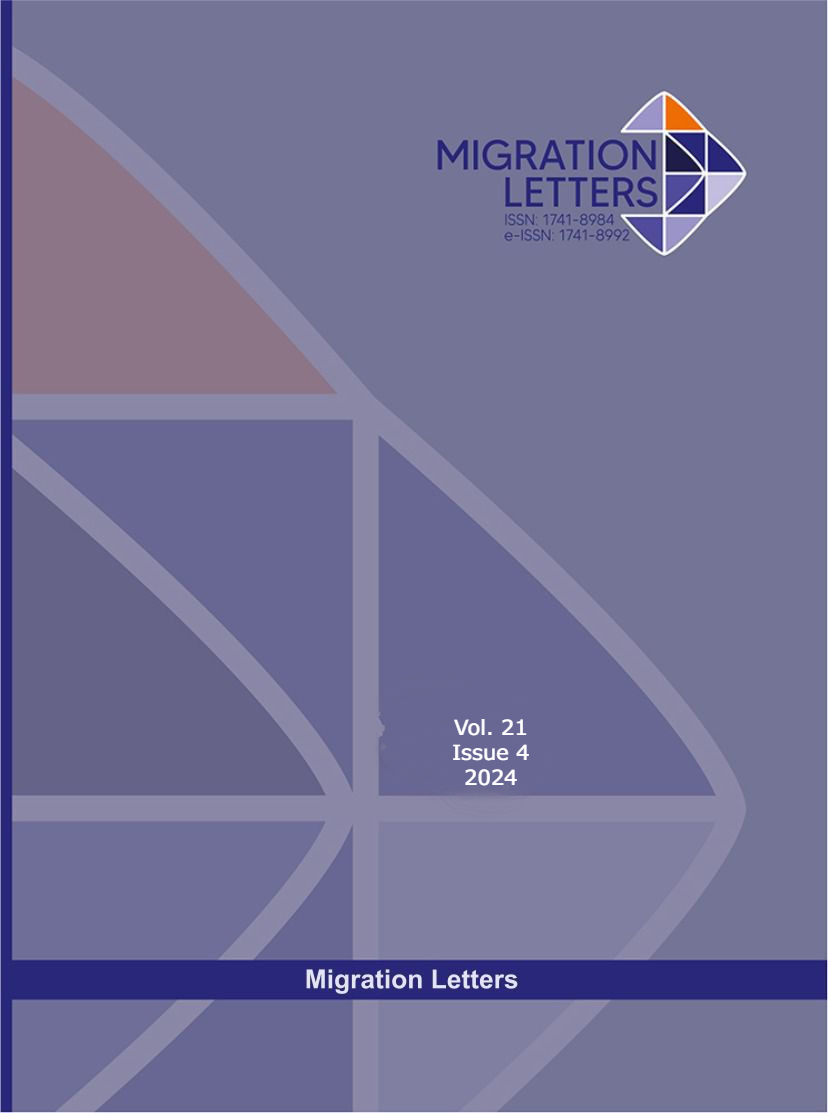Evaluation of TV White Space Implementation in Indonesia: A Case Study in Yogyakarta
DOI:
https://doi.org/10.59670/ml.v21i4.7935Abstract
TV white space is a technology that utilizes unused spectrum owned by primary users, namely TV broadcasters in a particular area and time. There are two main problems related to the use of white space, namely protection of primary users and identification of white space channels. The prohibited, strict, moderate, and loose (PSML) method has previously been proposed, dividing the TV protection area into four zones to model the white space system. Researchers generally use additional protection areas and television coverage areas with a location probability of less than 70% to consider the possibility of overlap between white space and protected areas. However, this method has not been in implementation in the field. In this study, the author implemented the PSML method in the city of Yogyakarta by using the coverage area of TVRI Patuk as a sample. Based on the measurement results, the author discovered that the deviation between the simulation results and the measurement results was 7.32 dB or 1.82 dB higher than ITU’s recommendation. This deviation indicates that, based on geographical conditions, Yogyakarta has a higher variation in field strength values than ITU’s recommendations.
Metrics
Downloads
Published
How to Cite
Issue
Section
License

This work is licensed under a Creative Commons Attribution-NonCommercial-NoDerivatives 4.0 International License.
CC Attribution-NonCommercial-NoDerivatives 4.0






